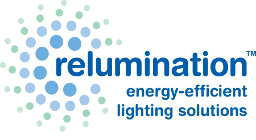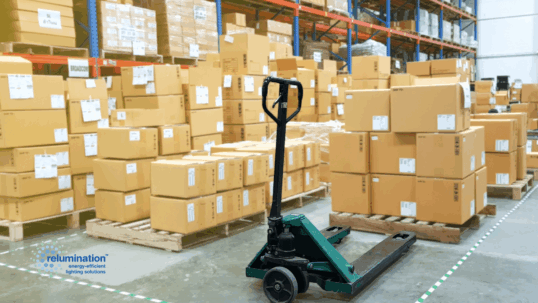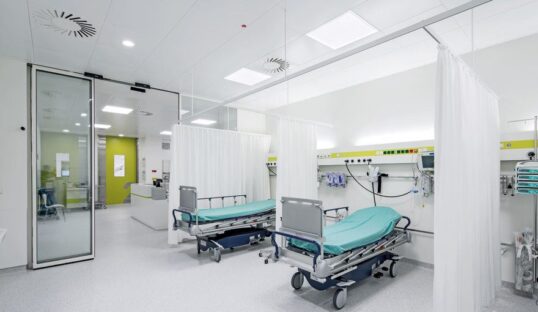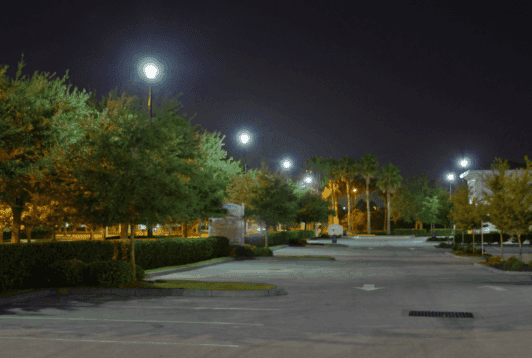Declining LED light prices are generating more warehouse & distribution center lighting retrofits. Energy use in commercial facilities continues to rise, growing 69% from 1980 to 2009. In fact, the Energy Information Administration projects another 22% rise from 2009 to 2035. Commercial facility systems consume half of the total electric demand of lighting. Since 20% of global electricity powers lighting, upgrading to a less energy-intensive system will result in significant savings and an attractive return on investment.
When considering a retrofit with LED lighting, especially a system with integrated controls, companies should assess the effect of lighting on performance.
For example, how does lighting impact operating efficiency? A retrofit with an LED lighting system can include fault detection, reduce business risk, increase life cycle, and decrease maintenance. Occupancy sensors incorporated into the LED system to control whether the lights are on or off would eliminate wasted energy. The system could send alerts to trigger proactive maintenance scheduling.
How does the lighting affect the comfort and performance of the space occupants? Employees in cubicles express satisfaction when they determine the light quality. Eliminating annoying light quality that is too bright, too dark, or produces glare will influence work performance in a positive way. A California Utility District that converted to personal remote dimmers discovered that light requirements ranged from 6 foot candles up to 33 foot candles. After the LED and smart building control upgrade, employees control about half of the facility’s lighting. The annual savings of the upgrade project are 94%, according to officials.
Lighting also impacts the safety of occupants. Tasks performed at manufacturing sites require specific types of lighting. Inappropriate lighting for a task that calls for precision can jeopardize the employee’s safety. Inside building areas, such as hallways and outside parking areas, require lighting to maintain the security of occupants. An LED system that monitors for occupancy and adjusts lighting accordingly will provide both safety and cost savings.
Whether to comply with a government mandate or to act sustainably, companies can lower their CO2 emissions when they trim their energy consumption with LED lighting.
Last September, the DOE issued a determination that Standard 90.1-2013 would achieve higher energy efficiency in buildings complying with the code. The DOE estimated that there will be an 8.5% source energy and 7.6% site energy savings in commercial buildings nationally. States must certify that they have updated their commercial building codes to equal or surpass the updated 90.1 code.
High-wattage lighting in high-bay industrial facilities, warehouses, distribution centers, and big-box retail stores is driving the growth in LED lighting systems. When there is potential to reduce lighting costs with an LED conversion substantially, the return on investment justifies the financial outlay.





